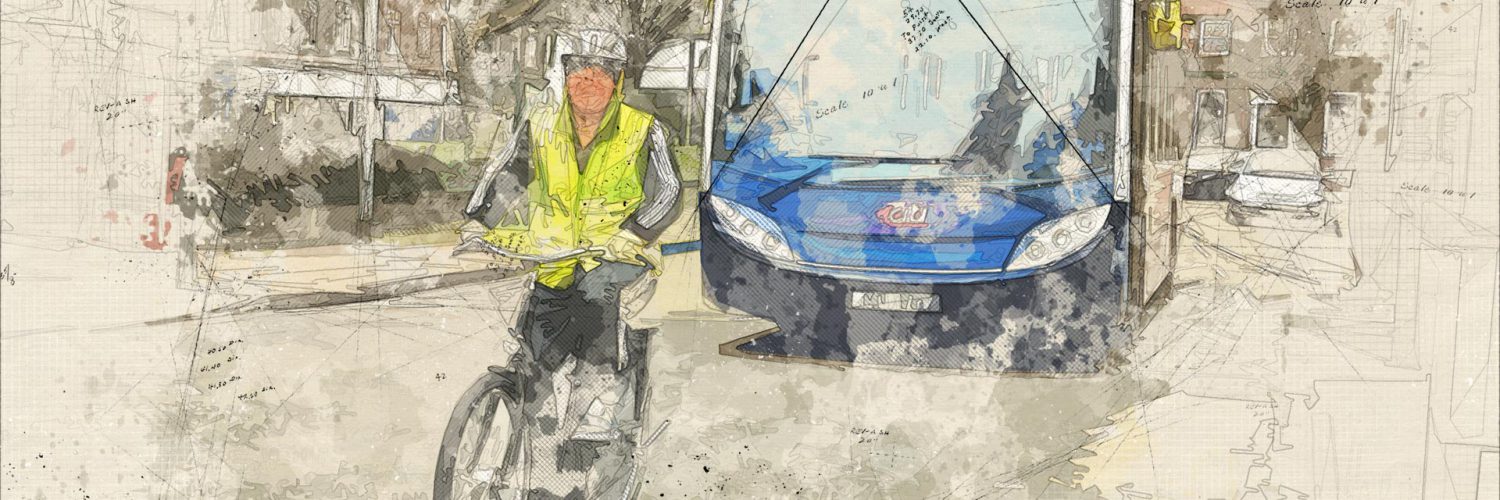Green belt land has two purposes: preserving countryside for future generations, and preventing urban sprawl. Unfortunately our green belt protection policies are failing to prevent sprawl, and endangering the countryside. A green belt policy without a sustainable transport strategy creates ‘leapfrog sprawl’ – local authorities pick ‘brownfield’ sites, such as old airfields, and developers court landowners to promote speculative planning applications. None of these sites is chosen for its transport connections, so when they are developed, the new residents inevitably buy cars and drive everywhere.
As roads become more congested, people demand bigger and faster roads, which attract even more traffic. This causes more congestion. The spiral of countryside destruction spins out of control, with dual carriageways, massive junctions, giant park & rides, all under a growing cloud of smog.
I’m all too familiar with this pattern of development in the United States, where I’ve spent most of my life. If we want to avoid that fate, we need the local plans and City Deal to commit to sustainable transport and thoughtful land planning in a more ambitious and coherent way than they do now.
The location of new developments should be determined by accessibility to a railway line, viability of bus services, and opportunities for walking and cycling links to nearby communities and amenities.
The City Deal programme of cycling and walking ‘greenways’ could be an excellent template for how to connect up villages to each other and to Cambridge. It could create opportunities for new developments outside the green belt that are less car dependent.
The Bus Services Bill will give the Combined Authority of Cambridgeshire and Peterborough new powers to design co-ordinated bus routes and timetables, with their primary purpose being effective public transport before corporate profit. Frequent and affordable public transport, combined with safe walking and cycling, will provide freedom for many residents from car dependency, and open up opportunities for everyone.
If we want to save the countryside from ever-widening roads or urban sprawl, then we need to make it simple and easy for more people living or working outside cities to use sustainable transport. In a separate article I’ll look at how this may be accomplished.
This article was first published in the Cambridge Independent on 3 May 2017.



Add comment